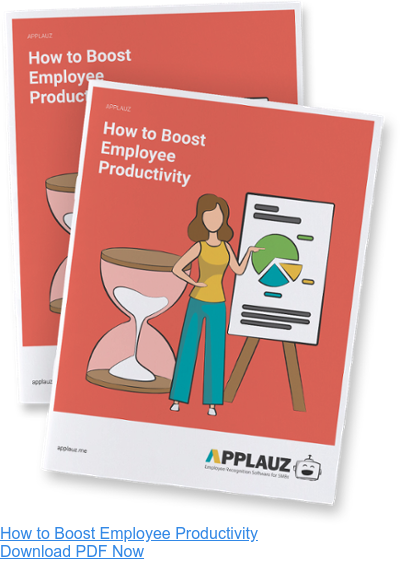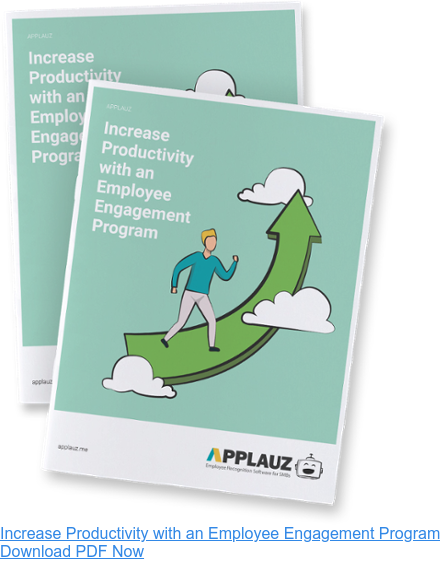Most people can think of a specific time when they crunched on a project or assignment at the very last minute.
Pulling an all-nighter to produce time-sensitive work is not fueled by curiosity or excitement about learning something new. No — it’s sheer panic, stress, and fear of failure that drives someone to stay up all night. One thing is for certain: It's an awful, awful place to be.
When you finish your assignment and come through the next morning with tired eyes and a pounding headache, you'll think, by all accounts; you were "productive." But in reality, how did that project or assignment turn out? Would you call that your best work? Eh...probably not.

Productivity is misunderstood
Productivity is about producing as much of something as possible and creating something of value and quality.
When it comes to our professional lives at work, we often believe that productivity is the ultimate goal. However, on many occasions, our productivity suffers at work.
Why does this happen?
Over the years, organizational psychologists and researchers have amassed a great deal of data and insights on the topic of individual and employee productivity. This data can help paint a picture to gain a deeper understanding of where and why productivity suffers in the workplace and how can management and HR professionals fix it.
Let's explore productivity statistics and discuss their implications, too.
 Common Causes of Low Employee Productivity
Common Causes of Low Employee Productivity
Environmental Distractions
Modern workplaces are embedded in environments that are inherently dynamic and distracting.
Just think about a standard open office concept: Four or five people share one long desk with no partition or separation between them. If someone is feeling particularly distracted or chatty that day, this can spell a recipe for disaster.
Don’t get me wrong, open concepts are a definite step-up from a traditional — and isolating cubicle — but open concept environments have drawbacks.
In a fascinating report titled “Coping with Workplace Distractions: A Learning Culture Can Help People Work Smarter,” 70% of workers admit they feel distracted when they're on the job, with 16% asserting that they're almost always distracted!

In the same report, chatty coworkers and office noise were cited as the top distractions for 80% of workers in the same study.
What else did employees find distracting? Meetings! over half of the respondents (60%) said they view meetings as just another interruption, too.
So — there’s a strong chance that employees are being distracted. But how often is this happening daily?
A study by Atlassian found that the average employee is interrupted from their work 56 times a day.
When an employee’s focus is broken, getting back into the “zone” is not instantaneous. In fact, the same study found that the average employee spends two hours a day recovering from interruptions.
There are thousands of micro distractions in a day; studies show that 71% of people answer an IM notification within 2 seconds. How can you ever expect someone to be productive when they believe they need to drop everything to answer a simple message.
Lack of work-life balance & stress
A famous psychological theory explains the fascinating interplay between stress and performance. The Yerkes-Dodson Law asserts that achieving top performance is dependent on the level of pressure we experience for the work we're doing. When we're under too much (or too little) pressure, performance declines, sometimes severely.
In short, there is such a thing as too much pressure and stress. When an employee is drained of mental and physical resources, productivity suffers. Remember the all-nighter scenario in the introduction?
It's no surprise then that this Glassdoor survey found that among 1,077 U.S. adults, 66% say they would be better and more productive employees if they got more sleep, especially those ages 18-44.
 It can be difficult to imagine why employees are not getting enough sleep if they leave the office at 5 or 6 in the evening. But in our tech-driven world, many people take their job home with them in their pockets. I'm referring to people's phones and other tech devices.
It can be difficult to imagine why employees are not getting enough sleep if they leave the office at 5 or 6 in the evening. But in our tech-driven world, many people take their job home with them in their pockets. I'm referring to people's phones and other tech devices.
It's increasingly easy to check your email or chat from home. Workers may feel compelled to respond to work emails and messages off-hours, as other colleagues are doing it. They may be afraid that failing to do so would result in it reflecting poorly on their performance and possibly getting overlooked for a raise or promotion.
As a result, the wall between work life and home life slowly begins to dissolve, chronic anxiety and stress quickly follow, and burnout becomes a very likely outcome.
Not only that, but chronic stress contributes to absenteeism. A Health Advocate report found that one million employees are missing work each day due to stress.

 Improving Employee Productivity
Improving Employee Productivity
Minimize Distractions
Management can't erase all distractions, but they can minimize them.
Large bodies of psychological research suggest that multitasking is detrimental to productivity and quality of work.
As a case in point, a Hubspot study shows that 89% of employees prefer to work alone to hit maximum productivity. You can't place your employees in a literal bubble, but you can work to cultivate an environment of mutual respect.
For example, let’s say that you’re a manager in an “open concept” workplace, you should let your employees know that if they want to have an extended chat with someone on the “floor,” they should go to the meeting room or lounge area, to not disrupt or distract the flow of others around them.
That said, management can take it a step further, allow employees to work from home occasionally. Perhaps by implementing a “work from home on Fridays” policy. As research shows that working alone (and free of office distractions) leads to higher productivity.
As a case in point, Employee Engagement Firm TINYpulse surveyed 509 full-time remote workers, and 91% of remote workers believe they "get more work done when working remotely."
Employee appreciation & recognition
Physical space separates our personal life from our professional life.
But anybody who's fought with a significant other knows we carry our personal lives into work with us daily. It can be challenging to separate the two at times. This means for management: Expecting employees to come into work every day wearing a mask is not realistic.
Get to know employees beyond their job description and title and appreciate them not only for the work they contribute but for the unique personality and energy they bring to the team. Listen and hear what they have to say.
Moreover, studies show that overall happy people are 12% more productive.
Employee rewards program
The first step to consistently creating a culture of open feedback and recognition is via implementing an employee reward and engagement program.
Implementing an engagement and rewards program like Applauz Recognition fosters an environment of trust and satisfaction.
Workplaces that boast a positive atmosphere based on mutual respect and trust are shown to be more productive and profitable.
An engagement program can boost a business’s bottom line as studies show a highly engaged workforce is proven to outperform a company experiencing low employee engagement by a whopping 202%.


